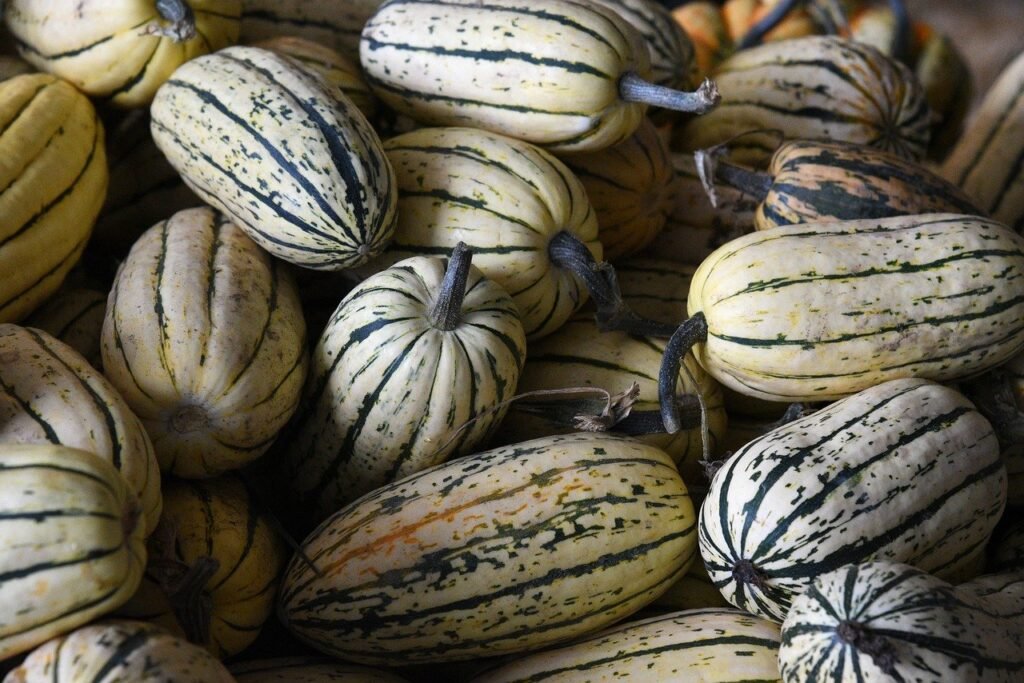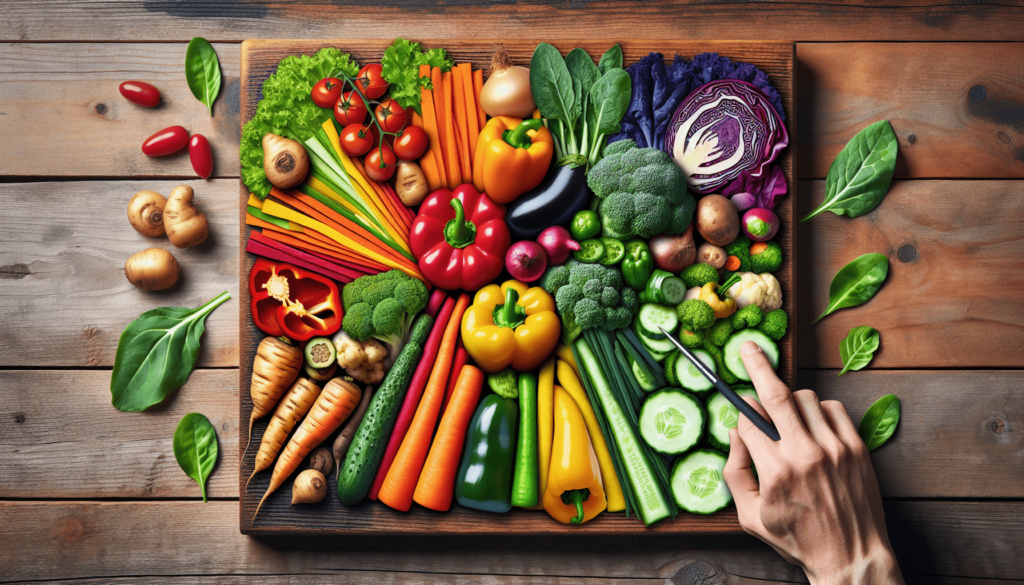Welcome to an exploration of how incorporating more vegetables into your diet can have a positive impact on your insulin sensitivity and blood sugar control. By adding a variety of vegetables to your meals, you can increase your intake of valuable nutrients, fiber, and antioxidants that support overall health and may help regulate blood sugar levels. Whether you’re looking to prevent diabetes or manage an existing condition, vegetables can be a delicious and beneficial addition to your daily menu. Let’s dive in and discover how simple dietary changes can lead to significant health improvements.
Can Vegetables Help Improve Insulin Sensitivity And Blood Sugar Control?
Have you ever wondered what role vegetables play in improving your insulin sensitivity and blood sugar control? Let’s explore how incorporating more vegetables into your diet can have a positive impact on your overall health and well-being.
What is Insulin Sensitivity?
Let’s start by understanding what insulin sensitivity is and why it is important for your health. Insulin sensitivity refers to how responsive your cells are to insulin, a hormone produced by the pancreas that helps regulate blood sugar levels. When your cells are sensitive to insulin, they can efficiently absorb glucose from the bloodstream, keeping your blood sugar levels in check.

This image is property of pixabay.com.
The Role of Vegetables in Improving Insulin Sensitivity
Now, let’s dive into how vegetables can help improve your insulin sensitivity. Vegetables are rich in fiber, vitamins, minerals, and antioxidants, all of which play a crucial role in maintaining your overall health. When it comes to insulin sensitivity, certain vegetables have been shown to have a positive impact.
Leafy Green Vegetables
Leafy green vegetables like spinach, kale, and Swiss chard are packed with nutrients that can help improve insulin sensitivity. These vegetables are low in calories and carbohydrates but high in fiber, which can slow down the absorption of glucose into the bloodstream. Additionally, leafy greens are rich in magnesium, a mineral that plays a key role in insulin signaling.
Cruciferous Vegetables
Cruciferous vegetables such as broccoli, cauliflower, and Brussels sprouts are another excellent choice for improving insulin sensitivity. These vegetables are rich in sulfur-containing compounds, like sulforaphane, that have been shown to reduce oxidative stress and inflammation in the body. By decreasing inflammation, cruciferous vegetables can help enhance insulin sensitivity.
Colorful Vegetables
Adding a variety of colorful vegetables to your diet can also help improve insulin sensitivity. Vegetables like bell peppers, carrots, and tomatoes are rich in antioxidants, such as vitamin C and beta-carotene, that can protect your cells from damage caused by free radicals. By reducing oxidative stress, colorful vegetables can support optimal insulin sensitivity.

The Connection Between Vegetables and Blood Sugar Control
In addition to improving insulin sensitivity, vegetables can also play a crucial role in blood sugar control. The fiber, vitamins, and minerals found in vegetables can help stabilize blood sugar levels and prevent spikes and crashes that can negatively impact your health.
Soluble Fiber
Many vegetables are high in soluble fiber, a type of fiber that dissolves in water and forms a gel-like substance in the digestive tract. Soluble fiber can help slow down the absorption of sugar into the bloodstream, preventing rapid spikes in blood sugar levels. By including vegetables rich in soluble fiber in your meals, you can promote more stable blood sugar levels throughout the day.
Micronutrients
Vegetables are also a rich source of essential vitamins and minerals that play a crucial role in blood sugar control. For example, magnesium, found in leafy greens and nuts, helps regulate insulin sensitivity and glucose metabolism. Vitamin D, found in mushrooms and fortified plant-based milks, can enhance insulin secretion and improve blood sugar regulation. By incorporating a variety of vegetables into your diet, you can ensure you’re getting all the micronutrients necessary for optimal blood sugar control.
Water Content
Many vegetables have high water content, which can help keep you hydrated and promote healthy blood sugar levels. Staying well-hydrated is essential for optimal insulin sensitivity and blood sugar control. Vegetables like cucumbers, zucchini, and celery are particularly hydrating and can help you maintain adequate fluid balance throughout the day.

This image is property of pixabay.com.
How to Incorporate More Vegetables Into Your Diet
Now that you understand the benefits of vegetables for insulin sensitivity and blood sugar control, let’s explore some practical tips for incorporating more vegetables into your diet.
Meal Planning
Meal planning is an effective way to ensure you’re getting enough vegetables in your diet. When planning your meals, aim to fill half your plate with vegetables at each meal. This can help you increase your vegetable intake and create balanced, nutritious meals that support your health goals.
Vegetable Snacks
Snacking on vegetables is a simple way to boost your vegetable intake throughout the day. Keep cut-up vegetables like carrots, cucumbers, and bell peppers in the fridge for easy snacking. Pair them with hummus, guacamole, or salsa for added flavor and nutrients.
Smoothies and Juices
Smoothies and juices are a convenient way to sneak in more vegetables, especially if you’re not a fan of eating them whole. Add leafy greens like spinach or kale to your smoothies, along with fruits, nuts, and seeds for a nutrient-packed drink. You can also juice vegetables like carrots, beets, and celery for a refreshing and hydrating beverage.
Vegetable-Based Meals
Consider incorporating more vegetable-based meals into your weekly rotation. Dishes like stir-fries, salads, and Buddha bowls are delicious ways to load up on vegetables while enjoying a variety of flavors and textures. Experiment with different vegetables, spices, and cooking methods to keep things interesting.

This image is property of pixabay.com.
Conclusion
Incorporating more vegetables into your diet is a simple and effective way to improve your insulin sensitivity and blood sugar control. By focusing on nutrient-dense vegetables like leafy greens, cruciferous vegetables, and colorful veggies, you can support your overall health and well-being. Remember to experiment with different vegetables, cooking methods, and recipes to keep things exciting and flavorful. Start small by making simple changes to your meals and snacks, and gradually increase your vegetable intake over time. Your body will thank you for nourishing it with the power of vegetables!


